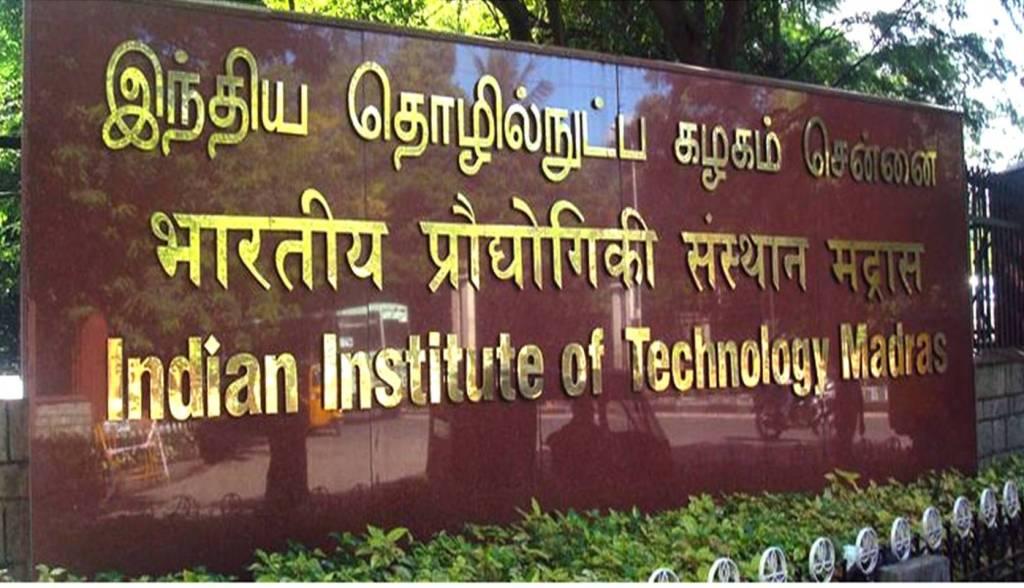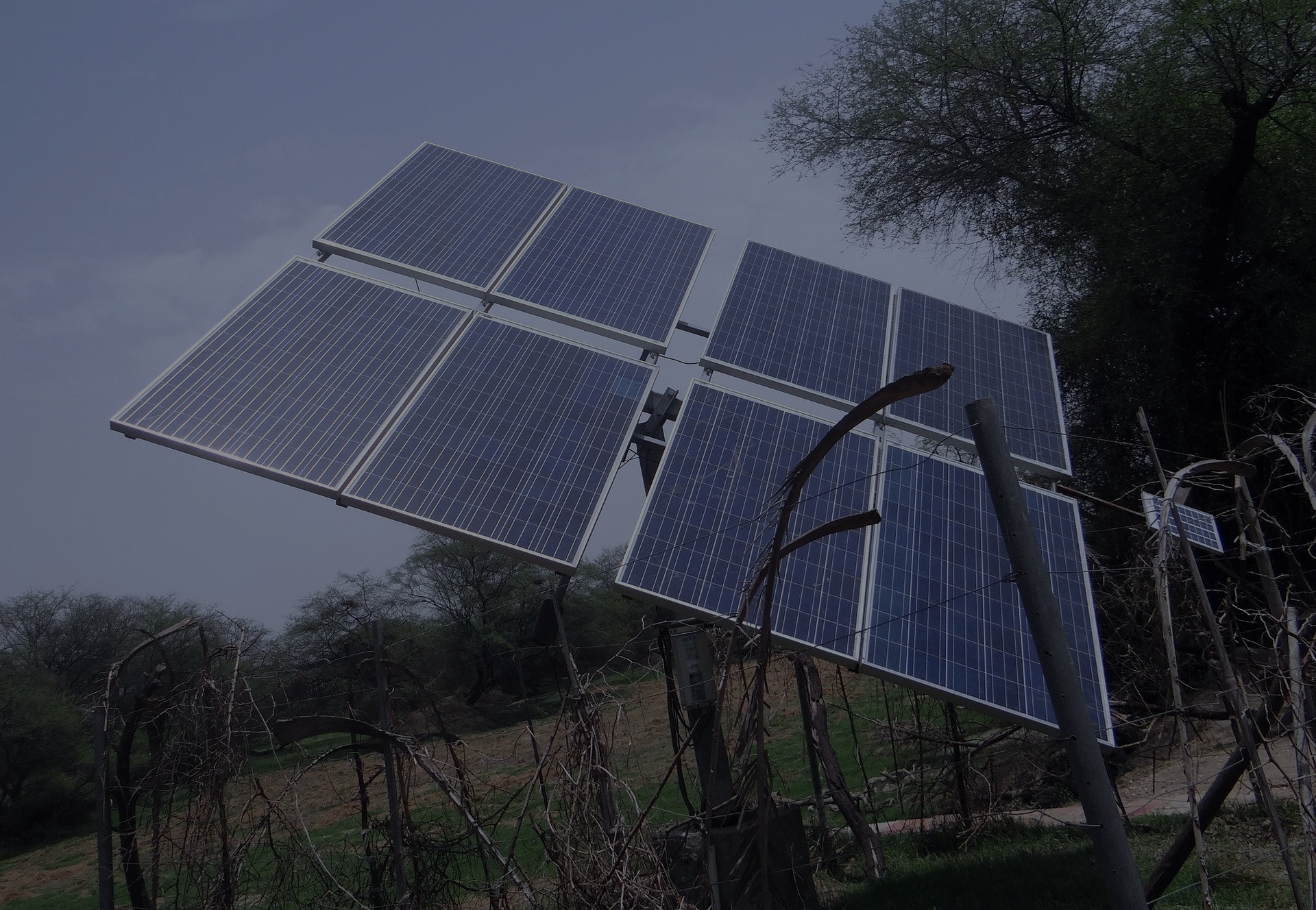The global solar market is set to end 2017 some 95 GW larger than when it began, according to German analyst firm Bernreuter Research.
This record growth could even hit triple figures going by polysilicon supply data, which is enough to push global production of crystalline silicon cells to 100 GW, the report adds.
China’s solar PV market is on track to reach 52 GW of new installations this year, with the U.S. way back in second place with 12.5 GW of new solar, followed by India (9 GW), Japan (a mere 5.8 GW), Germany (2.2 GW) and Brazil (1.3 GW). Australia, Chile, Turkey and South Korea will all be GW-scale markets this year, Bernreuter Research said.
Given shipment time lags and inventories in the supply chain, as much as 100 GW of crystalline solar cells and an additional 5 GW of thin-film modules will be produced in the calendar year. This translates to 95 to 97 GW of installations. This figure represents a 30% growth on 2016’s 74 GW of new solar.
“Several gigawatts of solar module shipments into the U.S. will be stockpiled for installation in 2018 to avoid impending tariffs on cell and module imports in the trade case brought up by Suniva and SolarWorld Americas,” explains Johannes Bernreuter, head of Bernreuter Research.
Polysilicon price declines
The global polysilicon industry will produce between 460,000 to 465,000 metric tons (MT) this year, of which around 30,000 MT will be for the semiconductor industry. Bernreuter says that the growth in diamond wire sawing to produce wafers is leading to a reduction in specific silicon consumption, meaning that inventories of polysilicon do not need to be overly depleted in order to reach 100 GW of solar cell production.
The current spot price of polysilicon – $16.60/Kg – will fall to between $14-$15/Kg, the report adds, when capacities that are currently under maintenance are brought back online. Prices could rise again, however, if China imposes higher duties on imports from South Korea – a decision on this is expected in November.
India’s soaraway solar success could be facing some deflation in the coming months, Bernreuter Research adds, echoing Bridge to India’s recent analysis of the market. Rampant Chinese demand has led to higher module prices in India, allied to low tariffs that have prompted a series of module cancellations from China. This is already slowed installation momentum, meaning India may fall short of hitting double-GW figures for 2017.
Source: https://pv-magazine-usa.com/2017/10/25/global-solar-market-to-reach-nearly-100-gw-this-year/


